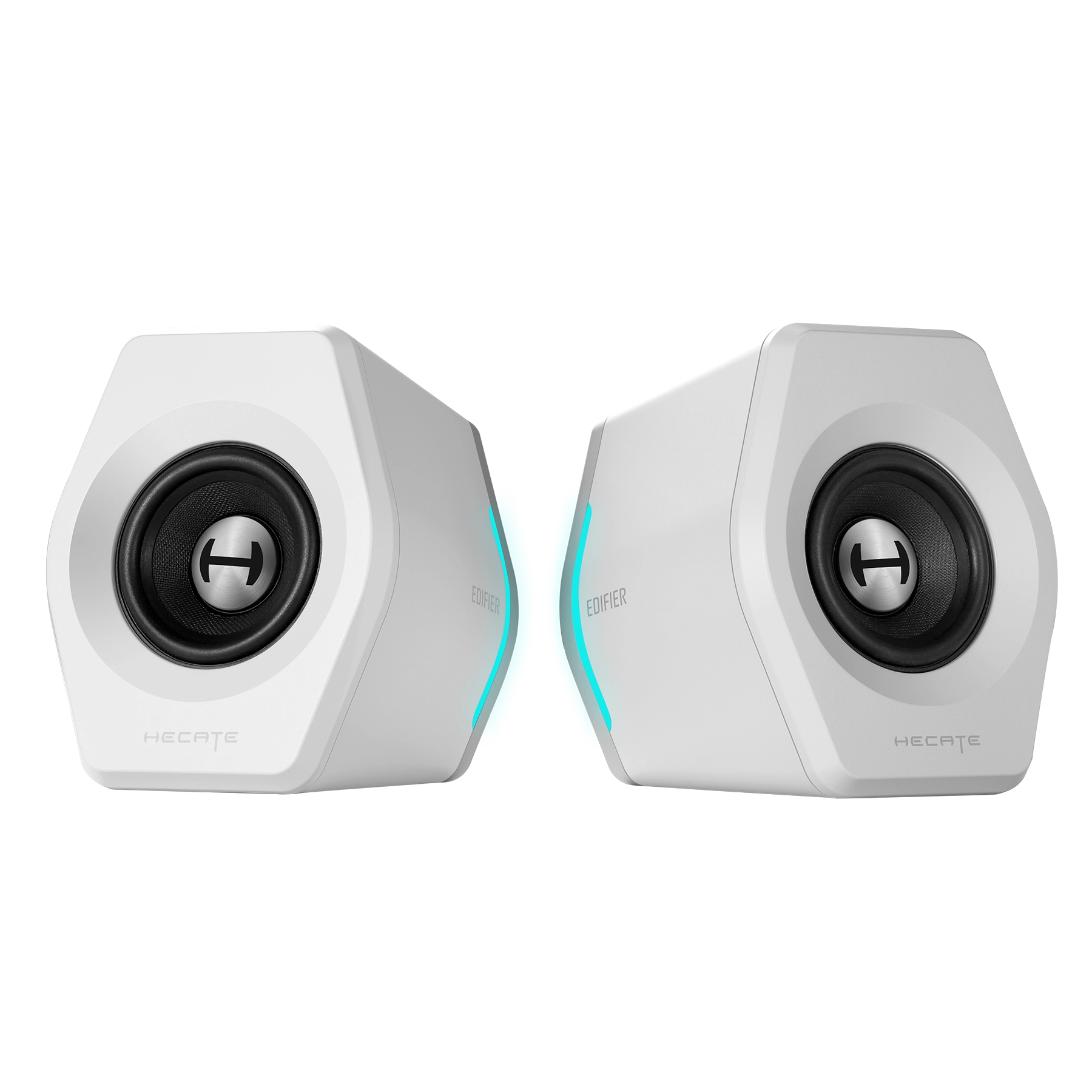The journey of audio in gaming is a fascinating tale of technological innovation and creative ingenuity. From the monophonic tones of early arcade games to the complex, multi-layered soundscapes of today's titles, the evolution of game audio is a key element in the history of video games.
The Early Days: Monophonic and Simple Sounds
The origins of video game sound can be traced back to the simplistic beeps and buzzes of early arcade games and home consoles. These monophonic sounds, limited to a single audio channel, were basic yet iconic. Games like "Pong" and "Space Invaders" relied on these simple tones to convey gameplay elements, from the bouncing of a ball to the firing of a laser.
The Shift to Polyphony and MIDI
As technology advanced, so did the complexity of game audio. The introduction of polyphonic sound chips allowed for multiple notes to be played simultaneously, leading to richer and more varied soundtracks. The use of MIDI (Musical Instrument Digital Interface) technology enabled composers to create more sophisticated and memorable music, elevating the gaming experience. Iconic games from the 8-bit and 16-bit eras, such as "Super Mario Bros." and "The Legend of Zelda," showcased the potential of these advancements.
The Era of CD Quality and Digital Sound
The move to CD-ROM in the 90s marked a significant leap in audio quality. With the increased storage capacity, games could now include high-quality digital soundtracks and voice acting. This era saw the emergence of games with cinematic scores and immersive sound effects, adding a new layer of depth to storytelling and gameplay.

Surround Sound and the Modern Gaming Experience
The advent of surround sound technologies, like 5.1 and later 7.1 surround sound, brought a new dimension to gaming audio. This technology allowed for the placement of sound in a 360-degree soundscape, creating an unprecedented level of immersion. Gamers could now hear sounds not just from left and right but from all around them, including above and below. This innovation was a game-changer, especially in genres like FPS and adventure games, where spatial audio cues are crucial.
The Future of Game Audio: 3D Audio and Beyond
As we look to the future, technologies like 3D audio and binaural sound are set to further revolutionize gaming audio. These technologies promise even more realistic and immersive soundscapes, blurring the lines between the game world and reality. With the ongoing advancements in audio technology, the future of gaming soundscape is bound to be more immersive and experiential than ever before.






















































